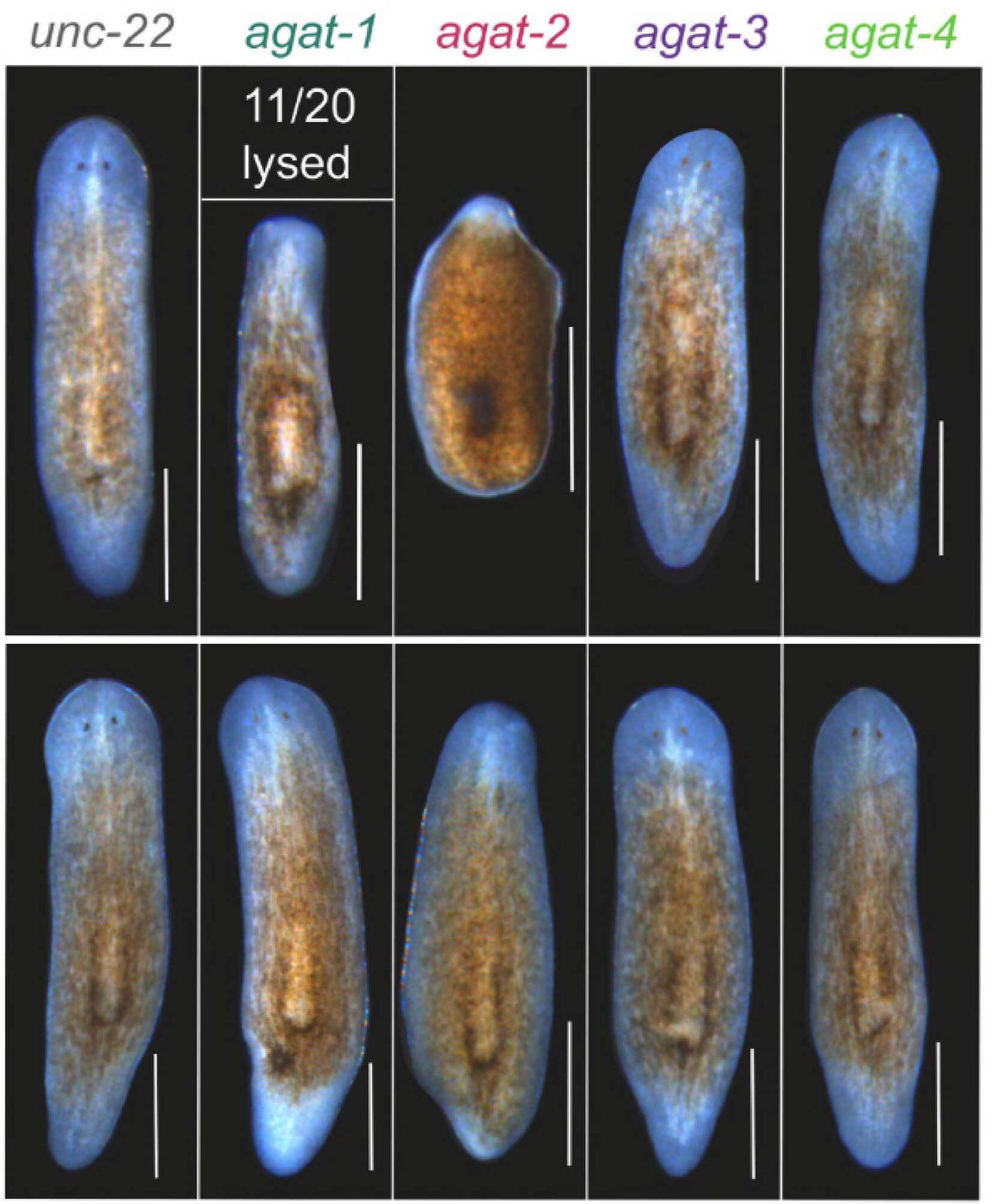What exactly is sequencing and discovery genomics?
The name captures the nature of our team well. Not only do we support standard applications where sequencing is the output, but we also continue to evaluate and bring in novel applications and techniques to advance research. The investigators at the Institute are able to use the applications and techniques we provide to answer their biological questions leading to novel discoveries.
What does the Spatial Transcriptomics application do?
This is one of the most exciting applications developed in the last couple of years and this area is growing rapidly! Basically, we can identify cell types and their location in a given tissue section by detecting and analyzing transcripts in the cells. Transcripts are “messages” (messenger RNA, or mRNA) that provide information encoded by genes in DNA to the cell’s protein-producing machinery. This is how genes are expressed, or how the information they encode is turned into a function.
What is the benefit of having this technology at Stowers?
It is all about context! Spatial transcriptomics can be used to identify the locations of different types of cells in a slice of tissue or even in a section of an entire organism based on the genes being expressed. This method can be used to understand how the cells of an organism change over a period of time. We can even perform manipulations or change experimental conditions, and then study the impact of those changes on certain populations of cells.
What are some of the most exciting discoveries achieved with this technology?
The Sanchez Alvarado Lab is using this application to study the regeneration process of the planarian flatworm. To do this, regenerating flatworm tissue is analyzed at multiple time points after amputation. The researchers are creating a spatial atlas of cells and identifying the cell types contributing to regeneration.
The Li Lab is studying mouse tumor tissue and the effects of certain molecules on the cellular environment of tumor stem cells. The researchers aim to understand how different treatments affect cancer cell environments, which can have important implications for human health.






